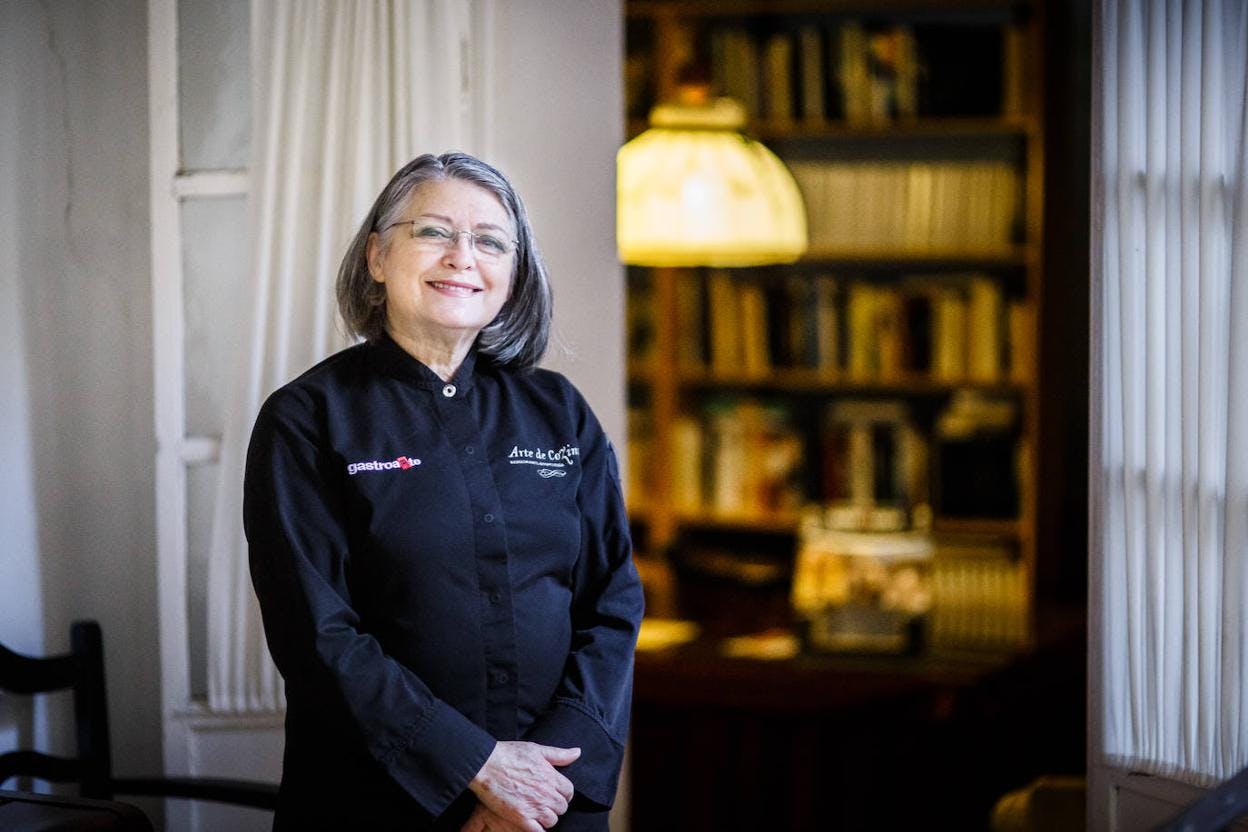Cooking Vacations: A S.A.L.T. Experience and Culinary Journey Through Andalucía
I find few pleasures greater than tasting chilled gazpacho on a scorching summer day in Spain. Garlic, crushed tomato, a splash of extra virgin olive oil, a toasted crouton or two for flair. A symbol of the Andalucían kitchen, bound to and beloved for its simplicity. At least that’s what I thought, until I met Charo Carmona during one of my cooking vacations.
Charo is from Antequera, a picturesque white-washed village of 40,000 people tucked into the hills of Málaga. Like most things here, life is layered: Iberians, Carthaginians, Romans, Muslims and Jews called it home before the Christian reconquista in the early 15th century. Charo knows that the last seven generations of her family were born here but does not dismiss that this number may be greater.
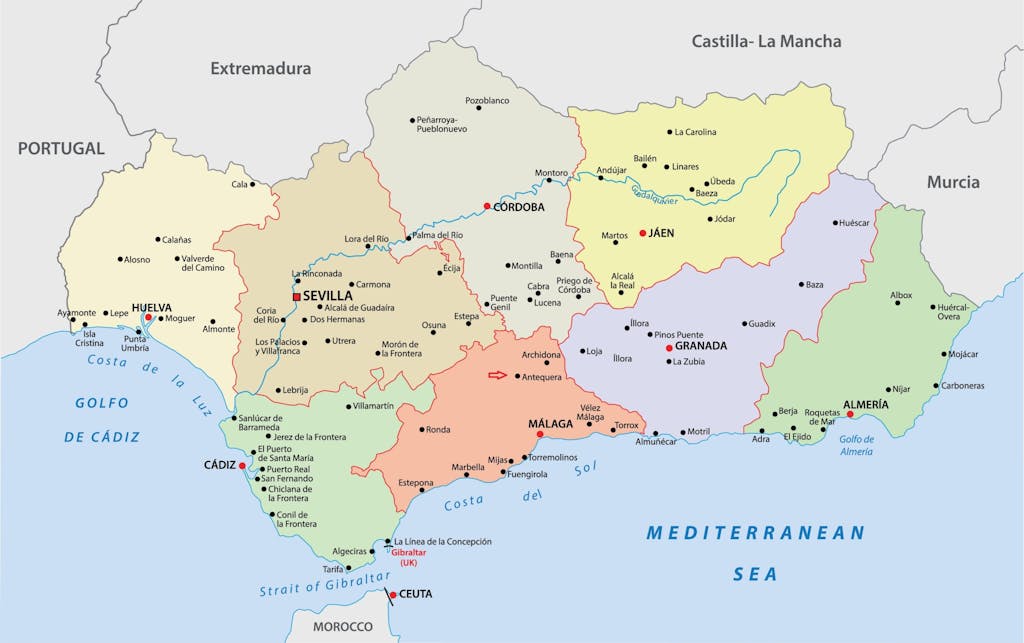
As the recipient of Spain’s prestigious Award for Gastronomic Values and El Premio de Excelencia, chef Charo Carmona invites Silversea’s S.A.L.T. guests on an unforgettable culinary journey through Spain’s south. Her restaurant, Arte de Cozina, is set in the hills of Málaga where she has created a multicourse seasonal lunch. It’s exclusive to us. After lunch, guests visit Antequera’s ancient fortification for stunning views of the white-washed village and vast surroundings.
Preparing for a new S.A.L.T. Experience in Spain
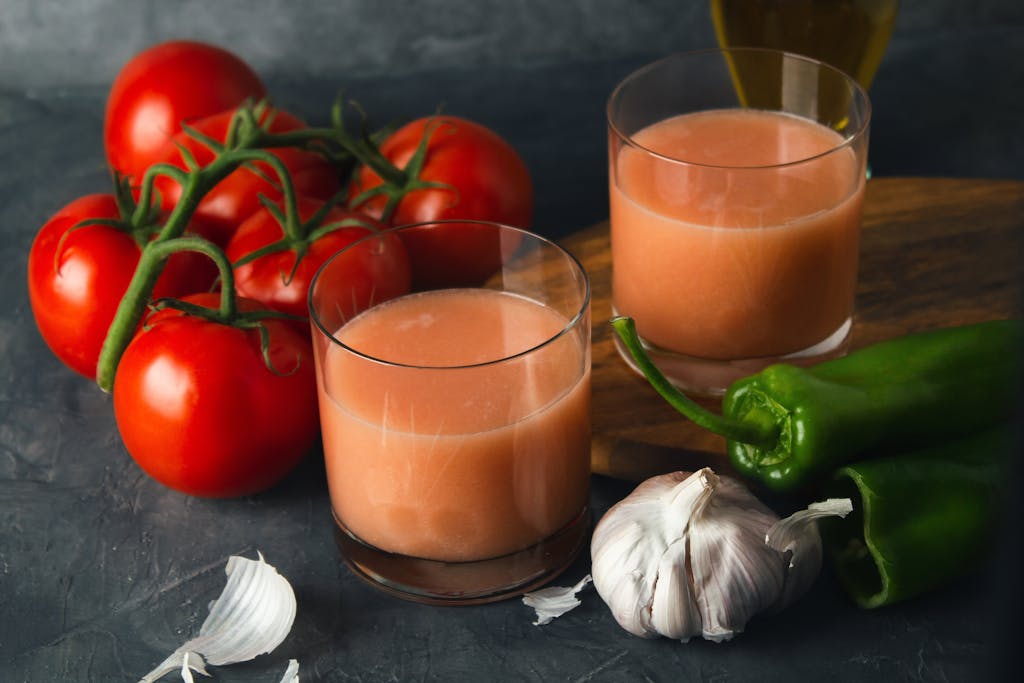
On cooking vacations like this, I set out from my home in Catalonia to Andalucía in search of new flavors, old recipes and the modern-day creators behind a cuisine whose origins trace to the Phoenicians. Arte de Cozina has long been high on my list.
Recommended by a friend and long-time Málaga resident Manni, this was the last stop on my two-week culinary journey through the south. Its name alone intrigued me — “cozina” written with “z” as the Sephardic Jews did.
“I don’t care too much for the modern stuff,” she volunteers early, referring to the foams, emulsions and liquid nitrogen used in nouvelle cuisine. “I like to know what I’m eating.” We both laugh.
I set out on a cool February morning from Málaga Central, weary after one too many mediocre seaside paellas and ready for the palate and pace of Spain’s hinterland. Palm trees and citrus orchards soon gave way to crisp mountain passes and lush interiors. In just 45 minutes and 2,000 feet of ascent we reach la vega, a fertile plain that has nourished poets, priests and warriors since the Bronze Age. Dressed in all white, Antequera appears.
On a quiet street behind an old wooden door, Charo greets me with the air of a matriarch and an enormously warm smile, jets of silver hair gracing her youthful face. Donning an apron with her name embroidered, she gives me two kisses, and with her hands motions for me to enter.
Hanging plants and framed awards decorate the walls of the dining room, a magnificently restored 17th century patio centered on a massive fireplace, a single giant log smoldering slowly. I don’t pay much attention to the wooden chest covered with index cards, at least not yet.
Behind a huge glass window is the kitchen. Pots, pans and cazuelas — the traditional earthenware casserole of Spain — of varying sizes sit atop flames of varying intensity. It was noon and the kitchen staff had some downtime before lunch service at 2 p.m., which I anticipate with Pavlovian fervor.
Charo invites me to sit by the fire — we chat and exchange food stories. She is soft-spoken, kind and refreshingly direct. Within minutes, it’s evident that her approach to food is forged out of the deepest recess of memory and meaning.
“I don’t care too much for the modern stuff,” she volunteers early, referring to the foams, emulsions and liquid nitrogen used in nouvelle cuisine. “I like to know what I’m eating.” We both laugh.
She soon excuses herself to tend to the 50 or so items offered on today’s lunch. I sit studying the menu, an encyclopedic compilation of salads, soups, stews, grilled vegetables, fish, meats and desserts — all made from scratch behind the glass windows. Although I lived in Spain for 15 years, dishes such as almojábanas, zarangollo and chivo a la pastoral are new to me, their names conjuring cultures and kitchens lost to time. An asterisk on the menu indicates “historically recovered dish,” and nearly every item bears one. An entire section is dedicated to gazpacho.
With Charo’s help we navigate the menu. I choose the assortment of three gazpachos; tender artichoke hearts sautéed with ajo y jamón; organic baby zucchini; suckling goat a la malagueña; and canutillo de ajonjolí for dessert, a delicately crispy sesame pastry filled with sweet Pedro Ximénez ice cream. Fran, Charo’s son and sommelier, recommends a local red.
The terroir of Antequera
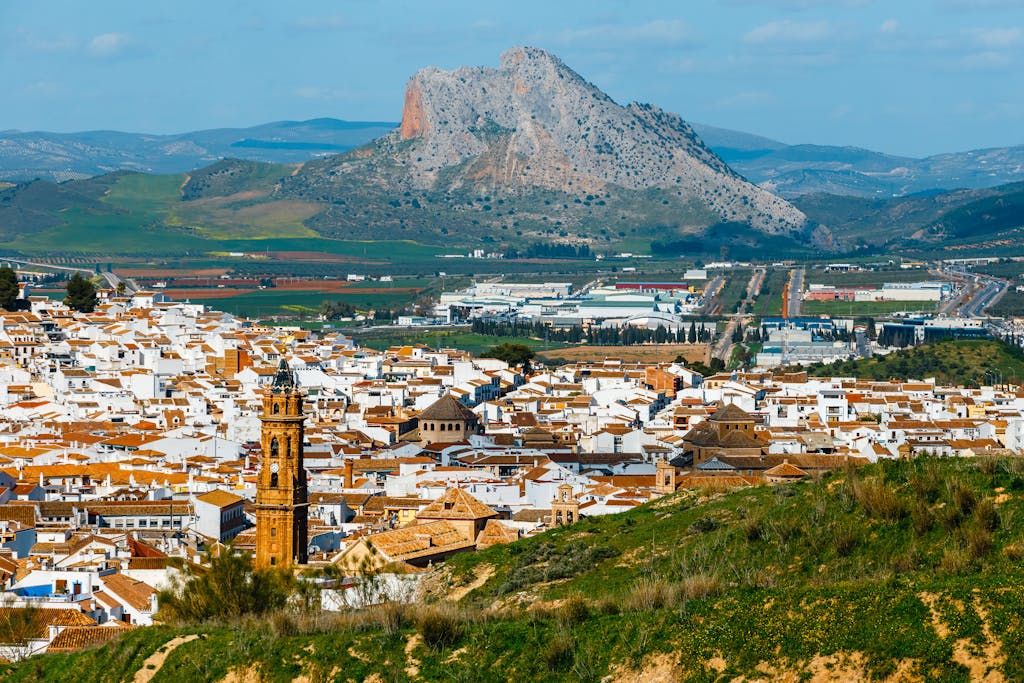
Antequera sits at the geographic heart of Andalucía, Spain’s southernmost province — halfway between Seville and Granada on the east-west axis and Málaga and Córdoba on the north-south. For nearly eight centuries, from 711 to 1492, this part of Iberia was known as al-Andalus—a beacon of learning and a richly layered landscape of cultural and culinary exchange among Muslims, Christians and Jews. Its abundant vegetation, concentration of skilled craftsmen and proximity to Málaga earned it the moniker “The Heart of Andalucía.” Intricate mosques, synagogues and a dizzying 32 churches and convents sprang up before its prominence petered out in the 18th century.
Today, Antequera is touted as the logistical heart of Andalucía because of its well-connected modern highways and its hub of several transportation companies. Charo shows little interest in her village’s logistics renown. “What most residents don’t know,” she tells me, “is that Antequera’s olive oil was prized in ancient Carthage.”
Within minutes, five index cards are placed on my white tablecloth. Dates, place names, quotations and popular expressions recount the story of each dish I’ve ordered. Could there really be an index card for each item on the menu? I later discover that Charo poured through ancient recipe books and collaborated with a local historian to craft her menu — and that she went door to door through Antequera’s cobblestoned old town asking elderly residents about the dishes of their youth.
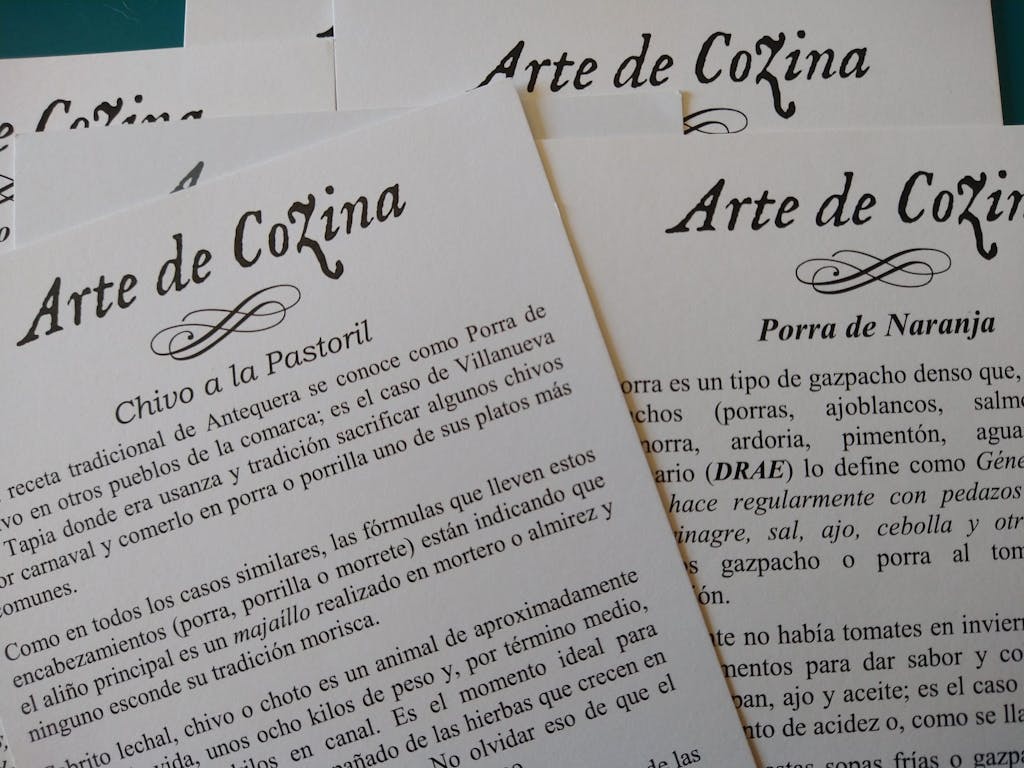
This was more than dining. It was a living chronicle of flavor, and Charo was the emissary. A history of Antequera through the memory of taste, as her website reads.
From grade school I remember learning the history of the Iberian Peninsula: one violent wave after another of displaced cultures, people and tradition. Yet within the walls of Charo’s patio that notion couldn’t be farther from the truth. Jewish and Muslim food traditions, adopted and absorbed by their Christian neighbors, were found everywhere throughout my lunch.
I learn that gazpacho is merely a style of preparation, a peasant soup whose base of crusty bread, oil, vinegar, salt, garlic and onion changed seasonally. Without tomatoes in winter, Antequera’s population used leeks or oranges or radishes. Charo’s gazpacho flight— creamy and beautifully textured — is a celebration of that tradition.
My chivo a la pastoral, 1-month-old locally raised suckling goat, was slow roasted for hours, plated simply with regional herbs and potatoes. “I don’t mask the essence,” Charo tells me. It fell apart at the slightest touch of my fork.
Charo’s cooking is soulful and deliberate, layered as intricately as her birthplace. Sipping the last drop of a local Muscatel dessert wine, I thank Charo, her kitchen staff and her son, Fran. I slip the five index cards into my chest pocket in an act universal to us all — to remember.
Ready to taste your way around the world on a culinary journey? Explore more aspects of the S.A.L.T. culinary program, including the chef’s table on Silver Nova and an adventure with sherry in Spain.
About S.A.L.T.
S.A.L.T. is an immersive culinary program that — through engaging shore excursions that focus on local food culture and hands-on onboard experiences — offers Silversea guests a chance to travel deeper around the world. And the name? That’s simple — S.A.L.T. stands for Sea And Land Taste. Read on for more information about S.A.L.T.
